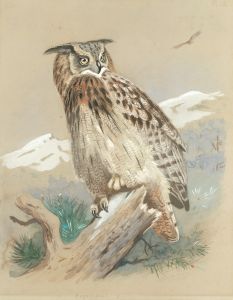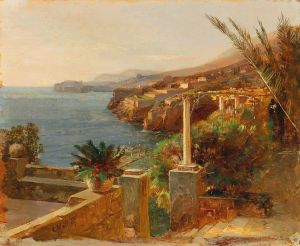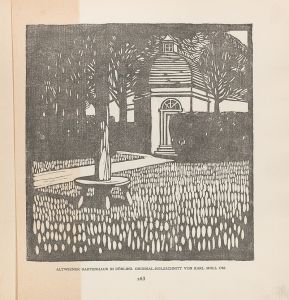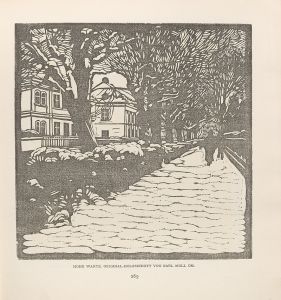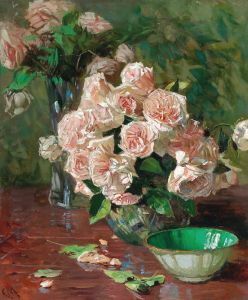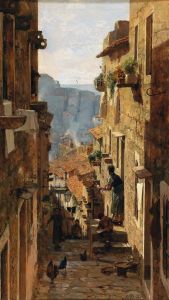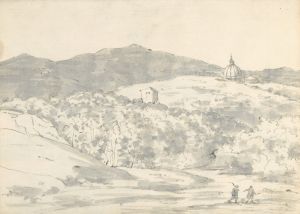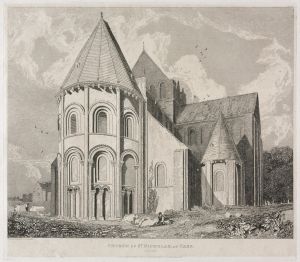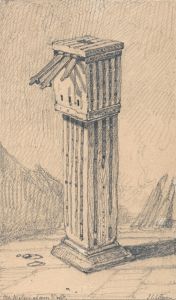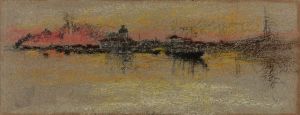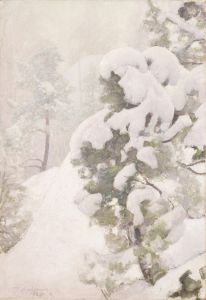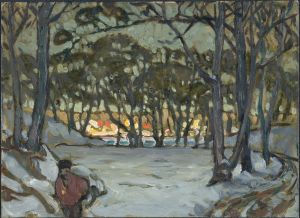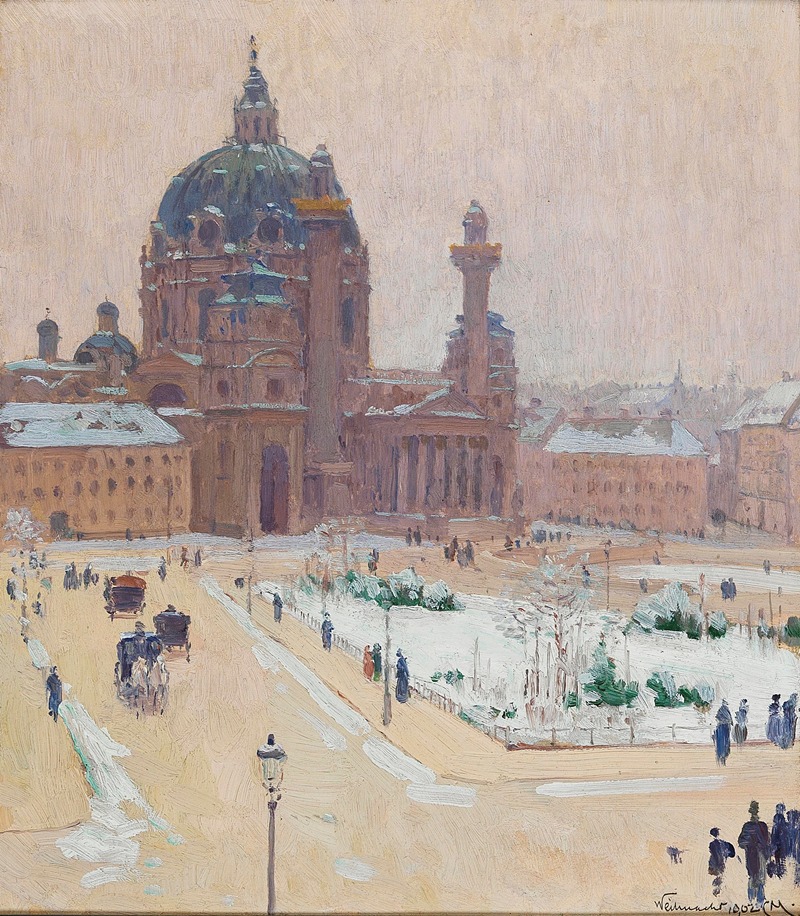
Church of St. Charles in winter
A hand-painted replica of Carl Moll’s masterpiece Church of St. Charles in winter, meticulously crafted by professional artists to capture the true essence of the original. Each piece is created with museum-quality canvas and rare mineral pigments, carefully painted by experienced artists with delicate brushstrokes and rich, layered colors to perfectly recreate the texture of the original artwork. Unlike machine-printed reproductions, this hand-painted version brings the painting to life, infused with the artist’s emotions and skill in every stroke. Whether for personal collection or home decoration, it instantly elevates the artistic atmosphere of any space.
"Church of St. Charles in Winter" is a painting by the Austrian artist Carl Moll, who was a prominent figure in the Vienna Secession movement. Born on April 23, 1861, in Vienna, Moll was known for his landscapes and cityscapes, often capturing the serene and atmospheric qualities of his surroundings. He studied under Christian Griepenkerl at the Academy of Fine Arts Vienna and was heavily influenced by the works of Gustav Klimt and the broader Secessionist movement, which sought to break away from traditional academic art and explore new artistic expressions.
The painting depicts the Church of St. Charles, or Karlskirche, one of Vienna's most iconic baroque churches. The church was commissioned by Emperor Charles VI in 1713 and designed by the architect Johann Bernhard Fischer von Erlach. It was completed in 1737 and is dedicated to Saint Charles Borromeo, a counter-reformation saint. The church is renowned for its impressive dome and the two flanking columns, which are reminiscent of Trajan's Column in Rome.
In "Church of St. Charles in Winter," Moll captures the church during the winter season, enveloped in a tranquil and muted atmosphere. The painting is characterized by its use of light and shadow, which Moll skillfully employs to convey the cold and serene ambiance of a winter's day. The snow-covered landscape and the soft, diffused light create a sense of stillness and contemplation, inviting viewers to appreciate the beauty of the scene.
Moll's technique in this painting reflects his Secessionist roots, with an emphasis on mood and emotion rather than strict realism. The brushwork is delicate and precise, yet it allows for a certain fluidity that enhances the overall impressionistic quality of the work. The color palette is subdued, dominated by whites, grays, and soft blues, which contribute to the painting's peaceful and introspective mood.
Throughout his career, Carl Moll was deeply involved in the Viennese art scene. He was one of the founding members of the Vienna Secession in 1897, alongside artists like Gustav Klimt, Koloman Moser, and Josef Hoffmann. The Secessionists aimed to create a platform for modern art and to challenge the conservative art establishment of the time. Moll's work, including "Church of St. Charles in Winter," embodies the Secessionist ideals of innovation and the exploration of new artistic forms.
Moll's contribution to art extends beyond his paintings. He was also an influential curator and art collector, playing a significant role in promoting contemporary art in Vienna. His efforts helped to shape the cultural landscape of the city during a time of significant artistic and intellectual activity.
"Church of St. Charles in Winter" remains a testament to Carl Moll's artistic vision and his ability to capture the essence of his environment. The painting not only reflects the architectural beauty of the Karlskirche but also encapsulates the quiet elegance of a Viennese winter. Through his work, Moll invites viewers to pause and appreciate the subtle interplay of light, architecture, and nature, offering a glimpse into the serene beauty of early 20th-century Vienna.





